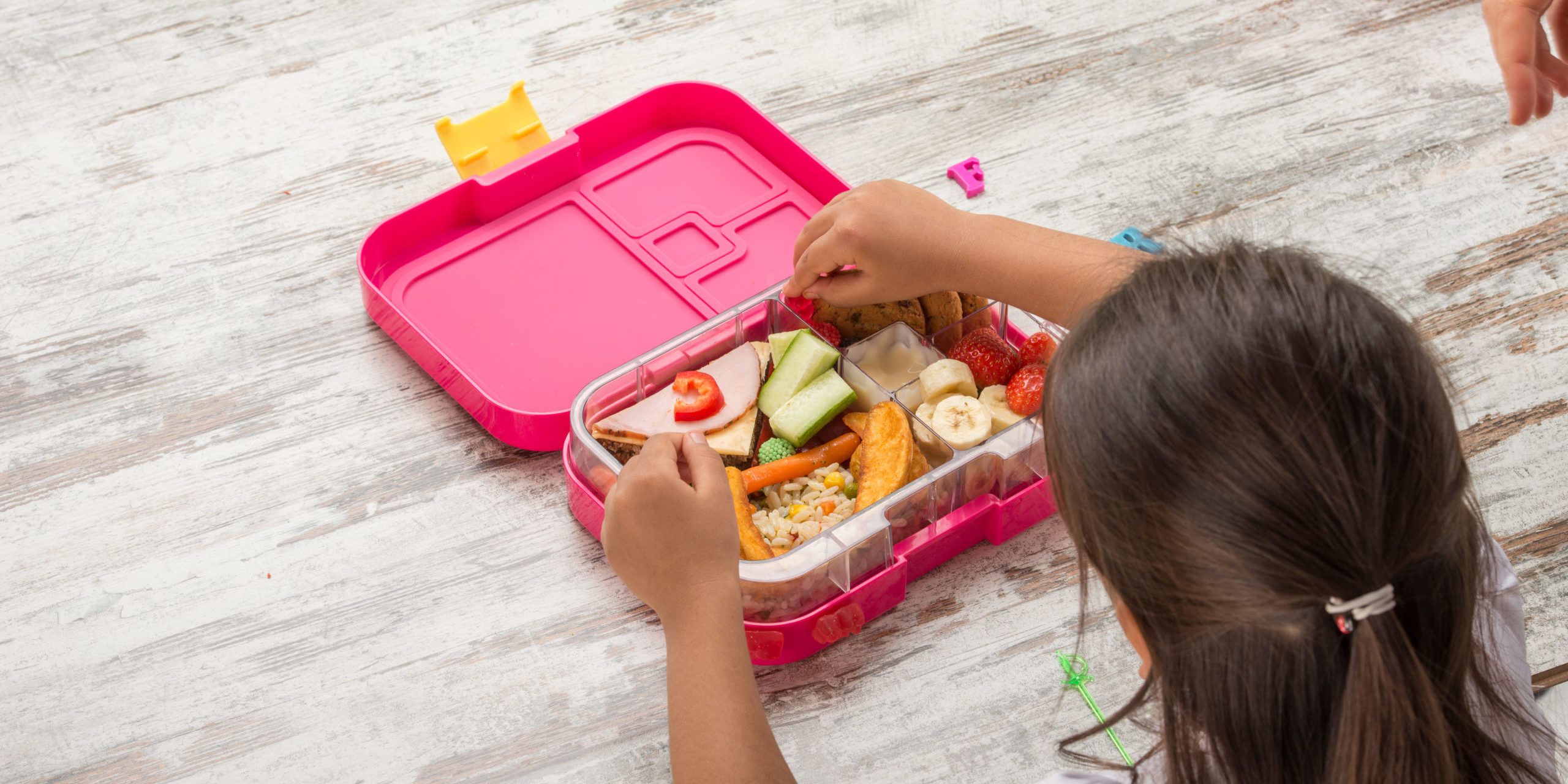The summer season is coming to end and with it the return to school is approaching. For this reason, we know that it is important to have everything ready for our children’s return to school.
Following the recommendation of the Ministry of Health to have a “healthy diet”, increasing the consumption of fresh products, (especially fruits, vegetables and greens) or reducing the consumption of foods rich in saturated fats, salt and added sugars; from Silestone Institute we leave you tips to prepare a healthy and safe lunch box.
Practical tips for a healthy and hygienic lunch box:
Food handling:
- Before handling food, we should wash our hands and always use clean utensils, not allowing food to come into contact with any surface that has not been previously sanitized.
- Change utensils for each type of food: raw and cooked, thus avoiding cross-contamination.
Planning:
- Organize a weekly menu to ensure that you do not lack proteins and vitamins. To do this, you should take into account the recommended proportions for each food group. Prepare single dishes that include four to six food groups (vegetables, farinaceous, protein, olive oil, fruit, dairy).
Appetizing lunch box:
- Try to make the contents of the lunch box as appetizing as possible: combine different colors and tastes. In addition, it is a good idea to ask your children to help you with the daily lunch box. This way, you can explain to them the difference between each type of food and why they are important.
Tupper choice:
- Glass, for example, is much more fragile and heavier, but at the same time more hygienic and convenient as it allows eating directly from the container. On the other hand, plastic is lighter, but less hygienic, as it is more difficult to clean when the dish contains oil, fats, or sauces. It should be noted that both materials can be microwavable and therefore there is no risk to food safety.
Cold dishes:
- For cold dishes, put the portion in a clean container, close it hermetically and keep it in the refrigerator. Take it out just before leaving home. If this is not possible, make sure that the cold accumulator will maintain a refrigeration temperature (at least 5ºC) until it is consumed.
Egg-based preparations:
- Avoid egg-based preparations, especially if they are raw (without heat treatment) such as mayonnaise sauces. It is preferable to prepare, for example, a salad and add commercial mayonnaise at the time of consumption.
Hot dishes:
- In the case of hot preparations: let them cool previously at room temperature for no more than one hour (never put them hot in the refrigerator). Immediately afterwards cover tightly and store refrigerated.
Stable and sanitized products:
- Always opt for stable and sanitized products: for example, cured cheeses versus fresh ones, industrial desserts or dairy products versus homemade ones, steak versus omelet, etc.
Consume them in the short term:
- Do not consume food prepared more than 48 hours in advance or if there is any doubt about its condition.
Do not reuse:
- Never reuse or freeze any leftovers from homemade preparations consumed outside the home.
Don’t forget to include in your children’s backpack:
- Tissues or Kleenex to cover nose and mouth when not wearing a mask, in case of coughing or sneezing attacks.
- Individual water bottle marked so that there is no confusion (no sharing liquids or food is allowed).
- A small bottle of hydroalcoholic gel (although they will be available in each classroom and at the entrance of the centers).
- Small toiletry bag with hand soap and towel so as not to use the one in the common bathrooms.
Following these recommendations will help you to ensure that your children’s return to school is not a problem but an enjoyable experience, while encouraging healthy eating and a safe return to school.
